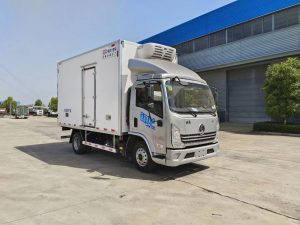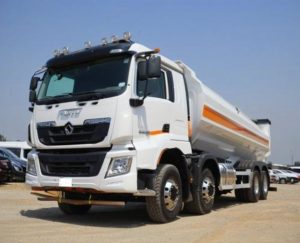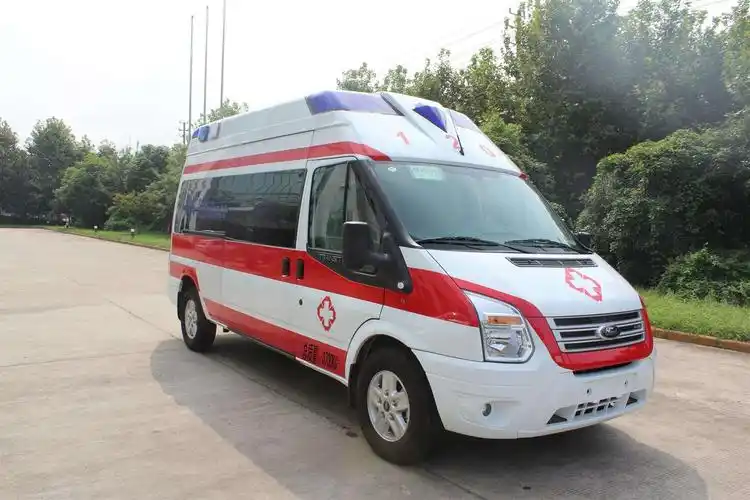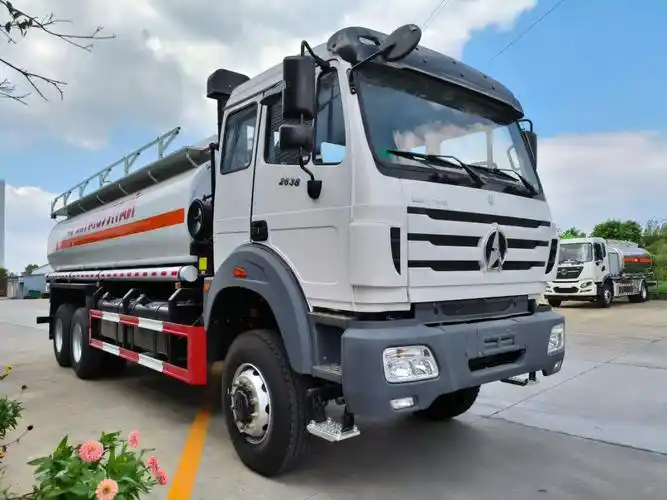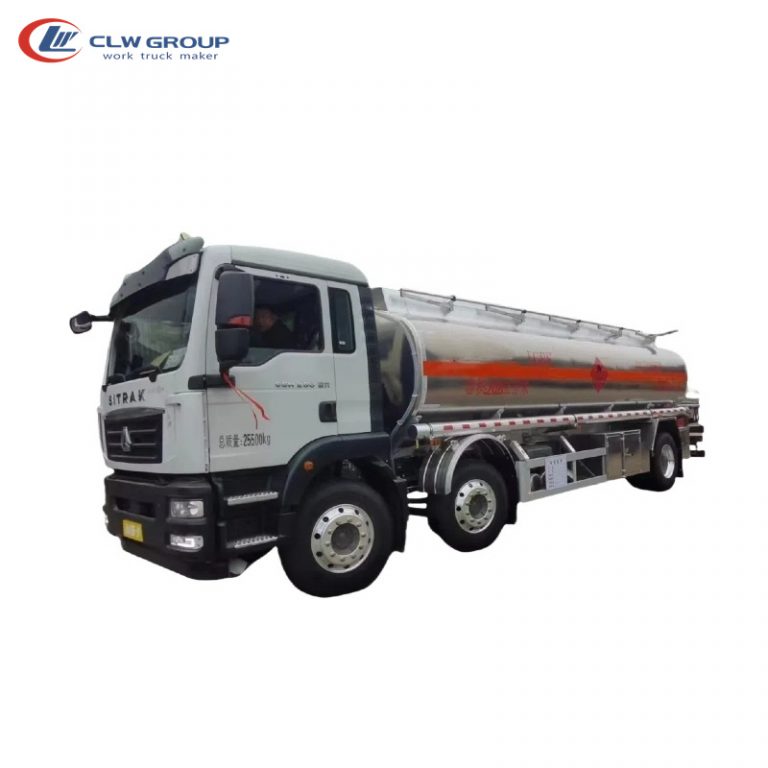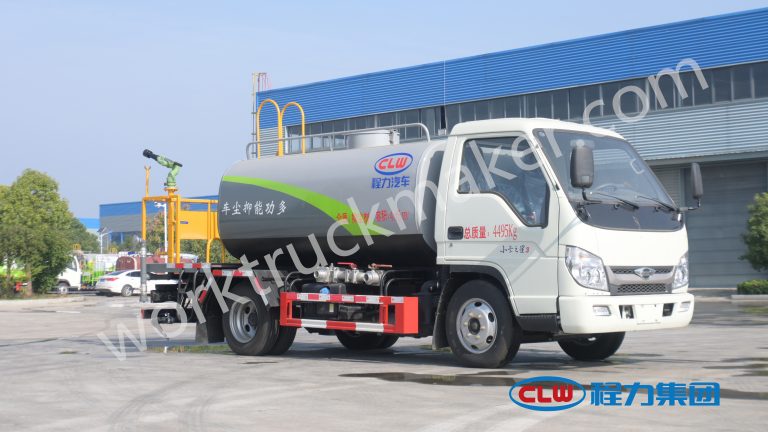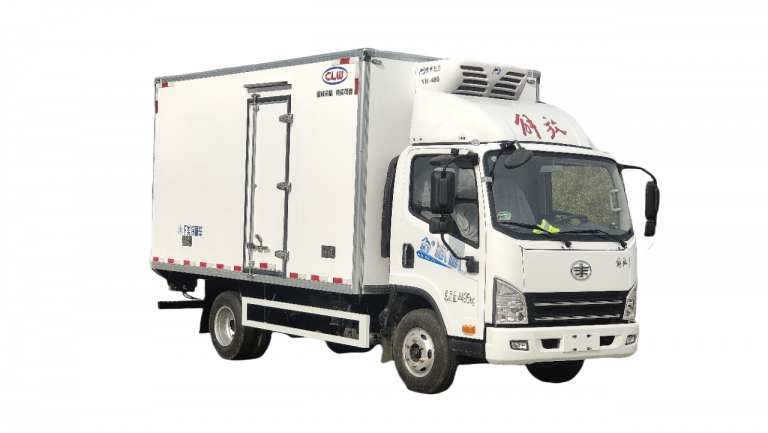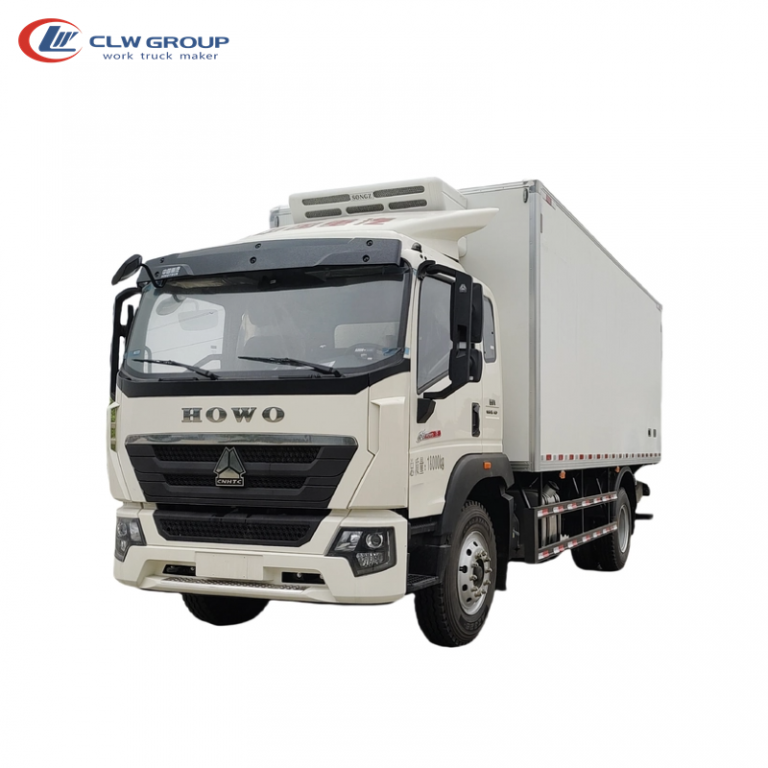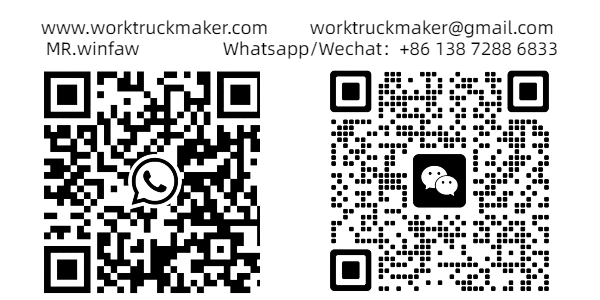Table of Contents
Toggle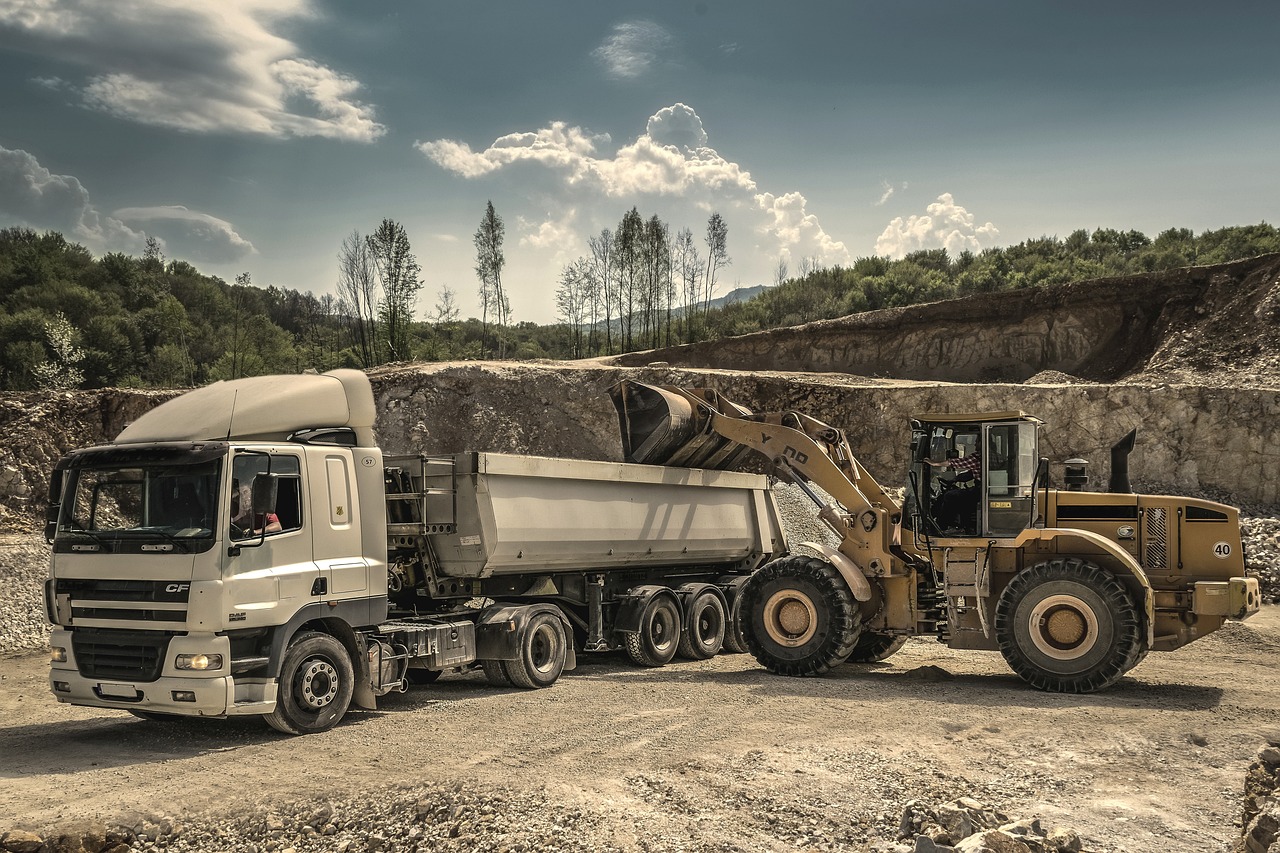
In today’s fast-paced world, the work truck has become an indispensable asset for many businesses and individuals alike, offering unparalleled versatility and durability for a wide array of tasks. From construction sites to service industries, the utility of a work truck cannot be overstated. Its importance in facilitating efficient operations and providing the backbone for logistical and hands-on work projects makes it a topic worthy of comprehensive exploration. Understanding what defines a work truck, not just any vehicle but the best work truck for specific needs, plays a critical role in maximizing productivity and ensuring the success of various endeavors.
This article aims to provide a detailed analysis of what a work truck is, beginning with its definition and moving through its evolution over the years. It will delve into the key components that set work trucks apart from other vehicles, enumerate the common uses, and offer guidance on selecting the right work truck for specific requirements. Additionally, maintenance and care tips will be discussed to ensure longevity and reliability. Important insights into popular work truck models, as well as customization and upfitting options, will be shared to help readers make informed decisions. By the end of this guide, the goal is for readers to have a thorough understanding of work trucks, empowering them to choose the best work truck for their needs with confidence.
What Defines a Work Truck?
Definition
A work truck is essentially a vehicle designed and built to perform specific tasks that go beyond the capabilities of a regular passenger vehicle. These tasks include, but are not limited to, towing, hauling, and providing a mobile workspace. The defining characteristic of a work truck is its ability to perform job-related functions effectively, often involving heavy-duty operations. It is purpose-built and equipped with features that support its functional requirements, whether it’s for construction, landscaping, or any other commercial use.
Primary Features
Work trucks are distinguished by their robust construction and enhanced capabilities. They often feature heavy-duty suspersions, powerful engines, and reinforced frames that are necessary to withstand the rigors of commercial use. Specialized equipment such as cranes, lift gates, or tool storage compartments are commonly integrated to meet specific job requirements. These trucks are designed to be more rugged and larger than typical passenger vehicles, providing reliability and functionality that are crucial for business operations.
Common Types
There are several types of vehicles categorized under work trucks, each serving different purposes. Common types include:
- Pickup Trucks and Cargo Vans: These are the most recognizable forms, used widely across various industries for transporting goods and equipment.
- Dump Trucks and Flatbed Trucks: Essential for construction sites, these vehicles handle large volumes of materials like sand, gravel, and demolition waste.
- Box Trucks: Often used by moving companies or as delivery vehicles, box trucks have enclosed cargo spaces to protect and transport goods.
- Specialized Trucks: This category includes a variety of vehicles equipped for specific tasks such as fire trucks, refrigerated trucks, or tow trucks, each designed to perform particular functions.
Work trucks are integral to numerous sectors and are tailored to enhance productivity and efficiency in performing job-specific tasks. Their design and capabilities enable them to handle demanding tasks that ordinary vehicles cannot, making them indispensable in commercial and industrial settings.
The History and Evolution of Work Trucks
The journey of work trucks began in the late 19th century with groundbreaking innovations by pioneers like Gottlieb Daimler. In the 1880s, Daimler developed the first high-speed internal combustion engine, which he utilized in a two-wheeled vehicle known as the “Reitwagen.” By 1896, Daimler had invented the first truck, marking a significant milestone in automotive history. This early model resembled a cart equipped with an engine but without a drawbar, featuring a two-cylinder engine known as “Phoenix” positioned at the rear.
Early Work Trucks
The initial design of the first truck underwent several enhancements. In 1898, the Phoenix engine was relocated under the driver’s seat, shifting from the rear. This modification, however, was quickly succeeded by a more efficient design where the engine was placed at the front, right before the front axle. This layout significantly distinguished the truck from cars, setting a precedent for future truck designs which emphasized increased output and payload capacity.
Modern Advancements
As the 20th century progressed, the trucking industry saw substantial transformations. The technological revolution of recent decades has redefined traditional trucking operations, pivoting from a paper-and-pencil business to a high-tech, data-driven operation. Innovations such as advanced telematics, GPS systems, and automated driver-assistance features have become synonymous with modern trucking, enhancing efficiency, safety, and profitability. These technologies not only improve route planning and vehicle maintenance but also contribute significantly to driver training and safety, ensuring a more reliable and efficient transport process.
Future Predictions
Looking ahead, the future of trucking promises even more radical changes, primarily driven by advancements in electric and autonomous vehicle technologies. Companies are already developing semi-autonomous trucks and exploring the potential of electric trucks, which are expected to dominate the industry, driven by environmental concerns and technological advancements. The integration of big data and artificial intelligence is set to revolutionize logistics further, optimizing supply chains and improving efficiency across the board.
The evolution of work trucks from simple motorized carts to sophisticated, technology-driven vehicles underscores their pivotal role in global commerce and industry. As we move forward, the continuous innovation in truck design and functionality is poised to redefine transportation and logistics, reflecting the dynamic nature of this essential industry.
Key Components of a Work Truck
Chassis
The chassis serves as the foundational structure of a work truck, crucial for defining its capability and versatility. Chassis cab trucks, distinct from pickup trucks, are designed specifically to accommodate various upfitting options. Unlike pickups that often feature curved frame rails to enhance ride quality, chassis cabs have straight frame rails, making them adaptable to a broader range of commercial applications. This design allows for the installation of specialized equipment such as service utility bodies or bucket truck bodies, tailored to the specific needs of the operator. Moreover, chassis cabs can come equipped with enhancements like dual alternators, power take-off (PTO) compatibility, and snow plow prep packages, providing a robust platform for various heavy-duty applications.
Engine and Transmission
The engine and transmission are pivotal in determining a work truck’s performance, especially under demanding conditions. Work trucks require a powertrain that balances strength with efficiency to handle heavy loads and intense work environments. For instance, the Ford Super Duty® Chassis Cab features a standard 7.3-liter V8 engine paired with a 10-speed transmission, optimizing power and durability. The choice between gasoline engines, like the 7.3L V8, and diesel options, such as the 6.7L Power Stroke® V8 Turbo Diesel, depends on the specific requirements of the task and the desired balance between horsepower and torque. The transmission plays a critical role as well, with options ranging from manual transmissions that give the driver full control to automated manual transmissions (AMTs) that reduce wear and enhance fuel efficiency.
Body and Frame
The body and frame of a work truck are designed to endure the rigors of heavy-duty tasks and variable environments. Modern work trucks often utilize a body-on-frame construction, where the vehicle’s body is mounted on a sturdy, independent frame. This design is particularly prevalent in models designed for towing and off-road applications, as it provides enhanced strength and flexibility. High-strength, military-grade aluminum alloys are commonly used for the body to reduce weight while maintaining durability. The frame itself is typically constructed from high-strength steel with multiple crossmembers to enhance stiffness and load-bearing capacity. For trucks that require additional strength, manufacturers may opt for a double frame or reinforced frame design, ensuring that the vehicle can handle extreme weights and stresses.
These components collectively define the work truck’s functionality and reliability, making it an indispensable tool in various industrial and commercial settings. Each element, from the chassis to the engine and the frame, is engineered to meet specific operational demands, ensuring that work trucks can perform optimally in diverse conditions.
Common Uses of Work Trucks
Construction
Work trucks are indispensable in the construction industry, where they are heavily relied upon for transporting materials, equipment, and personnel to and from job sites. These vehicles are often equipped with features such as hydraulic lifts, cargo beds, and robust towing capabilities, which are essential for moving heavy loads. Additionally, construction-specific trucks like dump trucks, cement mixers, and flatbeds are tailored to carry large volumes of materials such as sand, gravel, and demolition waste, or to transport oversized equipment. The versatility of work trucks in construction allows for a range of activities, from laying asphalt and concrete to moving earth and heavy materials, ensuring efficiency and effectiveness on the job site.
Utilities
Utility companies utilize work trucks to maintain and repair essential infrastructure, including power lines, water pipes, and telecommunications networks. These vehicles are typically outfitted with specialized equipment like bucket lifts and power take-off (PTO) systems, which enable workers to perform tasks safely and efficiently at various heights or in difficult-to-reach areas. The availability of utility-service trucks across various regions, such as in numerous cities within New Jersey, underscores their critical role in supporting the upkeep and expansion of utility services, which are vital for community functionality and safety.
Transport and Delivery
In the realm of transportation and delivery, work trucks play a crucial role in the movement of goods and materials across distances. These trucks offer flexible cargo options, ranging from enclosed van bodies that protect and secure goods, to open flatbeds suitable for larger items. Work trucks are particularly valued for their ability to provide point-to-point delivery services, which are more adaptable than fixed rail infrastructure. This flexibility is essential for modern logistics, where time-sensitive deliveries are common. Additionally, trucks are integral to intermodal transportation, connecting with other transport modes like ships and planes, and facilitating long-distance and international shipping by moving goods to and from rail terminals and ports.
How to Choose the Right Work Truck for Your Needs
Assessing Your Requirements
Choosing the right work truck starts with a clear understanding of what the vehicle will be used for. One must consider the nature of the cargo, whether it is heavy like stone and debris, or more delicate like medical equipment. The weight of the load, its distribution, and how it will be loaded onto the truck are crucial factors. For instance, if the weight is concentrated at one point rather than evenly distributed, it could influence the type of truck needed. Additionally, the operating environment plays a significant role; whether the truck will be used primarily on-road or off-road, in urban settings or rural areas, affects the choice between two-wheel and four-wheel drive systems. Identifying these factors will guide the selection process and ensure that the chosen truck meets the specific needs of the business.
Considering Budget
Budget considerations are paramount when selecting a work truck. One must decide between purchasing a new or used truck, each option presenting its own advantages. New trucks come with the latest technology and minimal wear, but they depreciate quickly. Used trucks, on the other hand, can offer considerable savings and good functionality, especially when purchased from a reputable dealer. The choice of fuel type also impacts the budget. Diesel engines, while more expensive upfront, provide better fuel economy and are ideal for high-mileage needs. Gasoline engines might be more cost-effective for lower mileage usage. Additionally, considering the total cost of ownership, including maintenance, fuel, and potential resale value, is essential.
Evaluating Manufacturers
When choosing a work truck, the reputation and reliability of the manufacturer are critical. It is beneficial to select a manufacturer known for durability and serviceability, particularly one that offers a comprehensive warranty and efficient after-sales service. Prospective buyers should research manufacturers’ offerings in terms of vehicle specifications like Gross Vehicle Weight Rating (GVWR), engine types, and available safety features. Comparing these aspects across different manufacturers can reveal which one offers the best combination of features that align with the business’s operational requirements and budget constraints. Additionally, considering the proximity of authorized service centers can influence the decision, as it impacts the ease of obtaining maintenance and repairs.
Each of these steps involves careful consideration and research but following them ensures that businesses invest in a work truck that truly suits their needs, enhancing efficiency and productivity in their operations.
Maintenance and Care Tips for Work Trucks
Regular Checks
Regular maintenance checks are crucial for prolonging the lifespan of work trucks and ensuring they remain reliable on the road. Drivers should perform daily pre-trip inspections to identify any immediate issues with tires, fluids, electrical systems, and brakes. These inspections help prevent problems such as brake failure and tire blowouts, which are critical for the safety of the driver and other road users. During different seasons, maintenance focus varies; for instance, the cooling system is prioritized during hot months, while winter maintenance emphasizes components vulnerable to cold conditions like diesel engines and heating systems.
Common Maintenance Tasks
Effective maintenance of work trucks involves a variety of tasks tailored to the vehicle’s specific needs and usage patterns. Key maintenance activities include changing engine oil and filters, checking and filling transmission fluid, and inspecting the fuel system. Additionally, ensuring the cooling system, engine mounts, and transmission mounts are in good condition is essential. Regular tune-ups, along with inspections of the electrical system, brakes, steering, suspension, and exhaust systems, help in maintaining the operational integrity of the truck. Fleet managers should also ensure that all bodywork, such as glass and mirrors, is intact, and that safety features like seat belts and auxiliary systems are fully functional.
Professional Servicing
For specialized maintenance and repairs, professional servicing is recommended. Facilities like Truck and Equipment Repair of Texas and Kacal’s Auto and Truck Service provide expert services ensuring that work trucks meet the highest industry standards. These centers offer comprehensive care from certified professionals, including installations and repairs of essential components like liftgates, flatbeds, and service bodies. They also handle body repairs and painting, ensuring that trucks not only function well but also maintain a professional appearance. Regular professional check-ups can prevent costly downtime and extend the service life of the vehicle, ultimately supporting the business’s bottom line.
Popular Work Truck Models
In the realm of work trucks, three models stand out for their robust performance and versatility: the Ford F-Series, Chevrolet Silverado, and Ram Trucks. Each of these models brings unique features and capabilities to the table, making them top choices for professionals across various industries.
Ford F-Series
The Ford F-Series has been a favorite among work truck buyers for decades, known for its strength, reliability, and advanced technology. The series includes several models, with the F-150 being one of the most popular due to its powerful engine options and innovative features. The F-Series trucks are designed to handle demanding tasks with ease, making them suitable for a wide range of commercial applications.
Chevrolet Silverado
The Chevrolet Silverado 1500 stands out as the ultimate work truck with its impressive array of powerful engine options. From the standard 4.3L EcoTec3 V6 engine to the available 6.2L EcoTec3 V8, the Silverado offers a powertrain for every need, each providing exceptional power and efficiency. It boasts a class-leading towing capacity of up to 13,300 lbs and a maximum payload capacity of 2,280 lbs, making it a powerhouse for hauling and towing. Additionally, the Silverado is equipped with advanced towing features like an integrated brake controller and hill start assist, enhancing safety and convenience on the job. The interior combines comfort with functionality, featuring ample seating, advanced infotainment options, and a range of safety features, ensuring a secure and enjoyable ride.
Ram Trucks
The Ram 1500 is renowned for its best-in-class towing capacity and a variety of engine choices, including the efficient 3.6L Pentastar V6 and the robust 5.7L HEMI V8. With a max tow capacity of up to 12,750 lbs and a payload of up to 2,320 lbs, the Ram 1500 is a true workhorse. It also features a high-strength steel frame for enhanced stability and precision under heavy payloads. The available multifunction tailgate and class-exclusive RamBox cargo management system provide additional versatility and storage solutions. Safety is a priority with the Ram 1500, offering features such as Blind Spot Monitoring and Forward Collision Warning, making it a top pick for safety-conscious buyers.
Each of these models has been carefully engineered to meet the demands of modern work tasks, offering a blend of power, efficiency, and safety. Whether hauling heavy loads, towing equipment, or providing a mobile workspace, these trucks are equipped to handle the challenges of any job site. Their reliability and performance make them the preferred choice for professionals looking to maximize productivity and efficiency in their operations.
Customization and Upfitting Options
Customizing and upfitting work trucks can significantly enhance their functionality and efficiency, tailored to specific business needs. Whether it’s for aesthetic appeal or operational capability, the options are vast and varied. Here’s a closer look at the essentials, best practices, and cost considerations involved in customizing and upfitting work trucks.
Upfitting Essentials
Upfitting a work truck involves equipping it with various accessories or modifications to enhance its performance and suitability for specific tasks. Essential upfitting options include the installation of toolboxes, shelving units, and specialized storage solutions like custom tool drawer packs and bolt bins. These modifications not only help in organizing tools and equipment efficiently but also secure them during transit. For those who require additional functionality, adding cranes, welders, or advanced diagnostic equipment can transform a simple truck into a comprehensive mobile workshop. It’s crucial to ensure that all upfits comply with safety standards such as OSHA and MSHA, especially when modifying the vehicle’s structure or electrical system.
Customization Best Practices
When customizing a work truck, it’s important to consider both aesthetics and functionality. A well-thought-out customization enhances the truck’s appearance while also improving its utility. For instance, adding a vinyl wrap with the company’s branding not only increases visibility but also promotes the business on the go. For practical enhancements, installing GPS tracking, cameras, and alarms can significantly boost the security of the vehicle. It’s also advisable to incorporate safety features such as enhanced lighting systems, reflective gear, and side-pack gang locks to protect against theft and ensure safety on the job site. Regular maintenance checks and adherence to a stringent upkeep schedule ensure that both the truck and its custom features remain in top condition, reflecting professionalism and reliability.
Cost Considerations
The cost of customizing and upfitting a work truck can vary greatly depending on the extent and nature of the modifications. Basic additions like window tinting or seat covers are generally affordable, while more extensive modifications such as engine upgrades or custom paint jobs can be considerably more expensive. According to industry reports, new pickup truck owners spend an average of $1,900 on modifications in the first year. It’s also worth noting that customization costs can be influenced by factors such as geographic location, the specific needs of the business, and the chosen level of customization. For businesses looking to manage costs effectively, it’s beneficial to prioritize modifications that offer the best return on investment, potentially increasing the truck’s resale value and operational efficiency.
By carefully selecting the right modifications and upfits, businesses can ensure that their work trucks are not only more capable and efficient but also a true reflection of their brand and operational needs. These enhancements not only contribute to the functionality of the vehicle but can also lead to significant improvements in service delivery and customer satisfaction.
Conclusion
Throughout this comprehensive guide, we have navigated the essential terrain covered by work trucks, anchoring our understanding on their fundamental attributes, evolutionary journey, and pivotal role across various industries. By delving into what defines a work truck, examining its key components, and exploring its common uses, this article has aimed to equip readers with the knowledge needed to make informed decisions regarding the selection, customization, and maintenance of these indispensable vehicles. Moreover, by casting a spotlight on popular models and upfitting options, the guide serves as a beacon for those looking to optimize their work truck for maximum efficiency and productivity.
In reflection, the essence of selecting the right work truck lies not only in its capacity to perform tasks but also in its ability to mirror the specific needs and values of a business. As the automotive landscape continues to evolve, driven by technological advancements and shifting industry demands, the significance of work trucks remains undiminished. Entering the future, the prospects of electric and autonomous vehicles herald a new era of innovation in work truck capabilities, emphasizing the ongoing importance of adapting and staying informed. Thus, armed with the insights provided herein, readers are better positioned to navigate the complexities of the work truck domain, ensuring their choices contribute to the sustainable growth and success of their endeavors.

